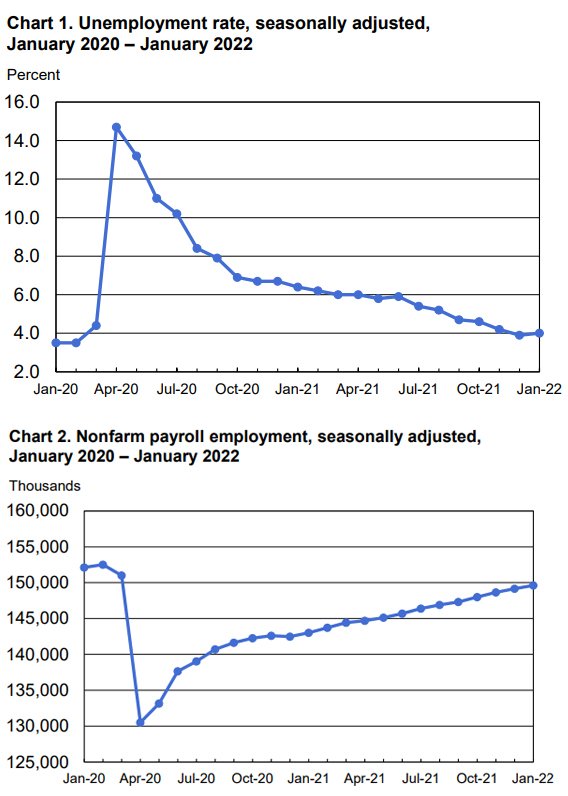'SHIFT Report (April) - Trending Topics in the World of Work_
/Our April issue of SHIFT explores investing in your workforce, the power of transportable skills, the importance of employee retention, and the reinvention of company culture.
Investing in Workforce a Top Priority for 2022
The latest PwC Pulse Survey, fielded January 10 to January 14, 2022, surveyed 94 human resource leaders from Fortune 1000 and private companies, along with other C-suite executives, about business priorities, investment plans and other concerns. The report based on the survey indicates that HR leaders know that it's people who move business forward, and 61% of HR respondents say hiring and retaining talent will be a key investment for their companies in 2022. That's also the top investment area cited among all executives in the survey. As HR executives are increasingly elevated to a seat at the strategy table, other leaders are looking to them to drive this agenda.
Jump to Article > >
The Power of Transportable Skills
All workers will need to adapt and learn new skills over their careers, but some skills stand the test of time. Because workers can use these skills to navigate transitions across virtually any industry, these "transportable skills" have lifelong value. In a recent report, "The Power of Transportable Skills: Assessing the Demand and Value of the Skills of the Future," Project Lead The Way (PLTW) and Burning Glass Technologies examined workforce demand for five such skills: collaboration, problem-solving, critical and creative thinking, communication, and ethical reasoning and mindset.
Jump to Article > >
The Importance of Employee Retention
An article from the Wharton School at the University of Pennsylvania emphasizes the importance of employee retention and how you can improve it at your company by investing in your team to combat attrition. Citing a study from the Society for Human Resource Management (SHRM), the article points out that employee turnover is expensive, costing an average of 6 to 9 months' salary to replace a worker. Employee engagement is one of the top turnover causes, and businesses that focus on improving employee engagement, not just revenue, can see benefits throughout their company and operations. Suggestions for strengthening your workforce, improving employee engagement and decreasing turnover include offering flexible work options, providing learning and development opportunities, and supporting work-life balance.
Jump to Article > >
The Reinvention of Company Culture
Company culture is having a watershed moment. It is being reshaped in a crucible by the pandemic, the acceleration of automation, the rise of millennials and Gen Z in the workforce and the Great Reshuffle. The human-centered company culture being forged has some recurring characteristics: flexibility, asynchrony, trust, belonging, and a holistic focus on well-being. Gone are the days when companies could lead with perks — think ping-pong tables and endless snacks — designed to make the office a home away from home. Today, forward-thinking organizations are working with employees to make home an office away from office.
Jump to Article > >
The Trevi Group | “Executive Search for Technology Professionals” | www.TheTreviGroup.com






































































